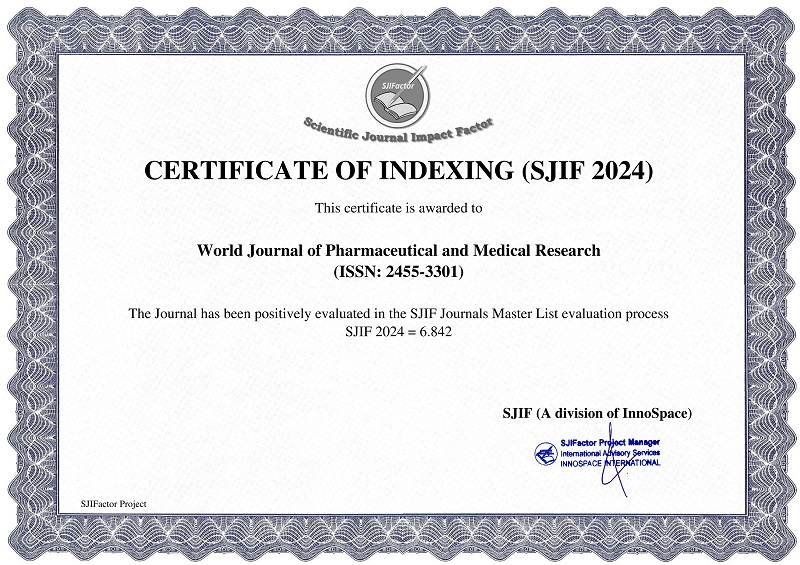PRECLINICAL MODELS OF PARKINSON’S DISEASE: TOOLS FOR UNDERSTANDING AND ADVANCING NEUROPROTECTIVE STRATEGIES
Mansi P. Nikhade*, Sagar N. Ande and Dr. Pramod V. Burakle
ABSTRACT
Parkinson's disease (PD) is commonly identified in many individuals, making it a prominent neurodegenerative disease, and likely the second most prevalent neurodegenerative disease affecting millions of people worldwide. PD manifests with both motor and non-motor symptoms disrupting everyday functional abilities. While the understanding of PD has advanced greatly over the years, including the understanding of genetic, environmental, and neurobiological factors contributing to the pathophysiology of PD, the etiology of PD is still unclear. Treatment options for PD mainly rely on symptomatic therapies. Although dopamine-replenishing drugs (i.e., levodopa) are the principal symptomatic treatment for PD, the use of levodopa, for example, is often associated with damaging side effects (i.e., dyskinesias) and does not alter the course of the disease. This review provides an overview of the various experimental models of PD (like pharmacological, neurotoxin, genetic, etc.) and outlines the advantages and disadvantages of each in their ability to represent the potential mechanisms of the disease in humans. Perhaps more importantly, it highlights the need for more organisms that can capture the complexity of the disease, such as including models of neuroinflammation and non-motor aspects of the disease, to improve preclinical predictive validity. This work hopes to build from the knowledge of previous models in this area while highlighting the importance of integrative models to inform future investigations and lead to the discovery of novel therapeutics. Indeed, by better understanding PD using integrative models, we may improve treatments and quality of life for people with this disease.
[Full Text Article] [Download Certificate]



